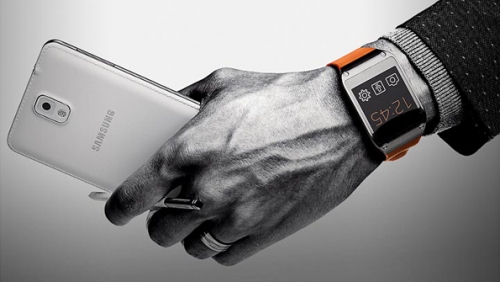Samsung researchers claim to have made a breakthrough, developing a technique for synthesizing graphene on a large scale. Graphene is an ultra-thin material of unusual strength and flexibility, it’s more conductive to electrical charge and heat than silicon. At the same time, it manages to be stronger than steel while still remaining flexible, therefore, graphene is a very attractive material because of its potential use as a bendable ultrathin screen for wearable devices.
In the past year, Samsung has released a number of such products with bendable displays, from widescreen televisions to smartphones and smartwatches.
Previously, graphene could only be made large enough for commercial use by bringing together separate graphene crystals that would impair electrical conductivity. But the recent findings allow a single crystal of to retain its electrical and mechanical properties across a larger area.
The mass production of graphene has been hindered by limitations when it came to producing a larger piece of material, yet Samsung claims to have overcome these obstacles using this new method to synthesize it as a single crystal on a larger scale.
“The main issue has been how to grow single-crystal graphene on a larger scale, and this is the first demonstration of that … We can expect high electrical performance compared to other work”, said Sung-Yool Choi, director of the Graphene Research Center at the Korea Advanced Institute of Science and Technology.
Samsung said graphene will play a major role in the company’s transition to wearable technology. The executives have described the current products as a foreshadowing of a new era of wearable and bendable devices. Samsung declined to comment on what specific commercial applications it has in mind, provided it can follow through with mass production of the substance.
“We expect this discovery to accelerate the commercialization of graphene, which could unlock the next era of consumer electronic technology”, said the laboratory leaders at SAIT’s Lab.
 Load the Game Video Games, Reviews, Game News, Game Reviews & Game Video Trailers
Load the Game Video Games, Reviews, Game News, Game Reviews & Game Video Trailers


